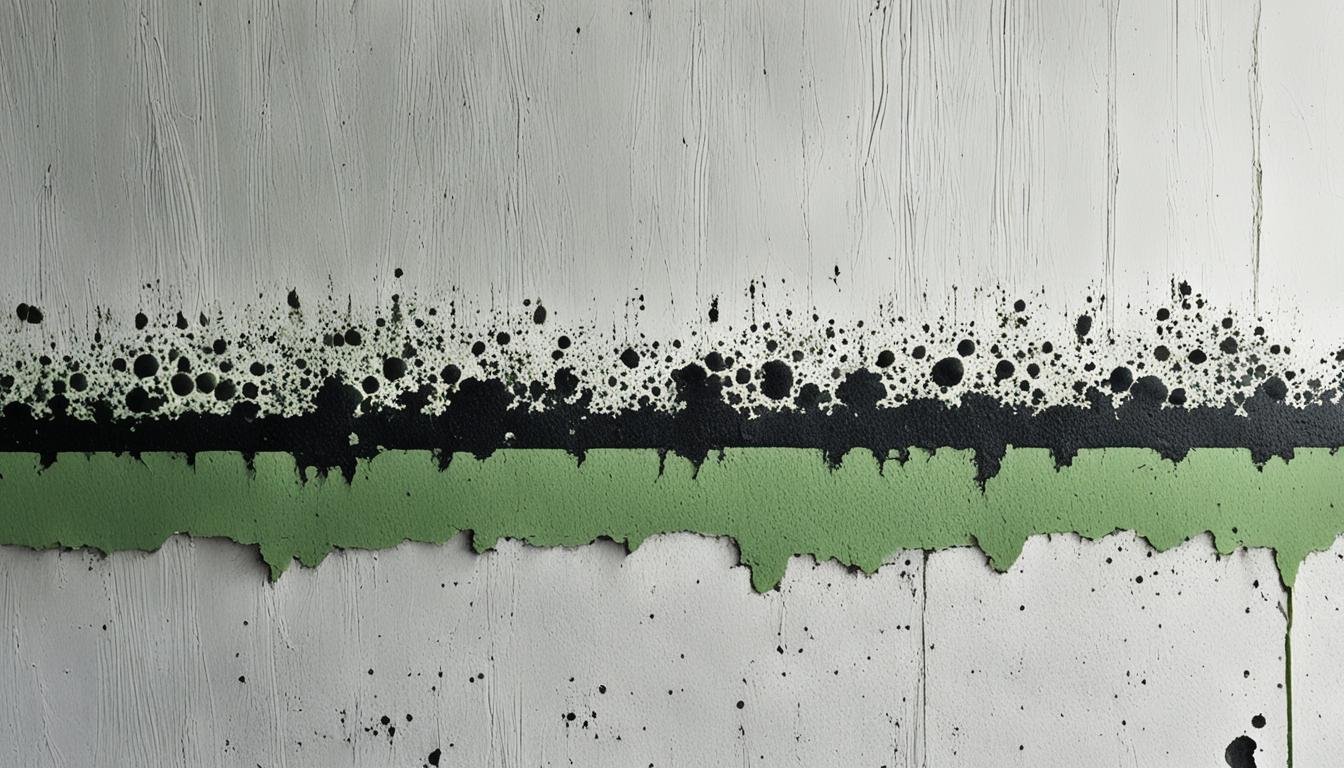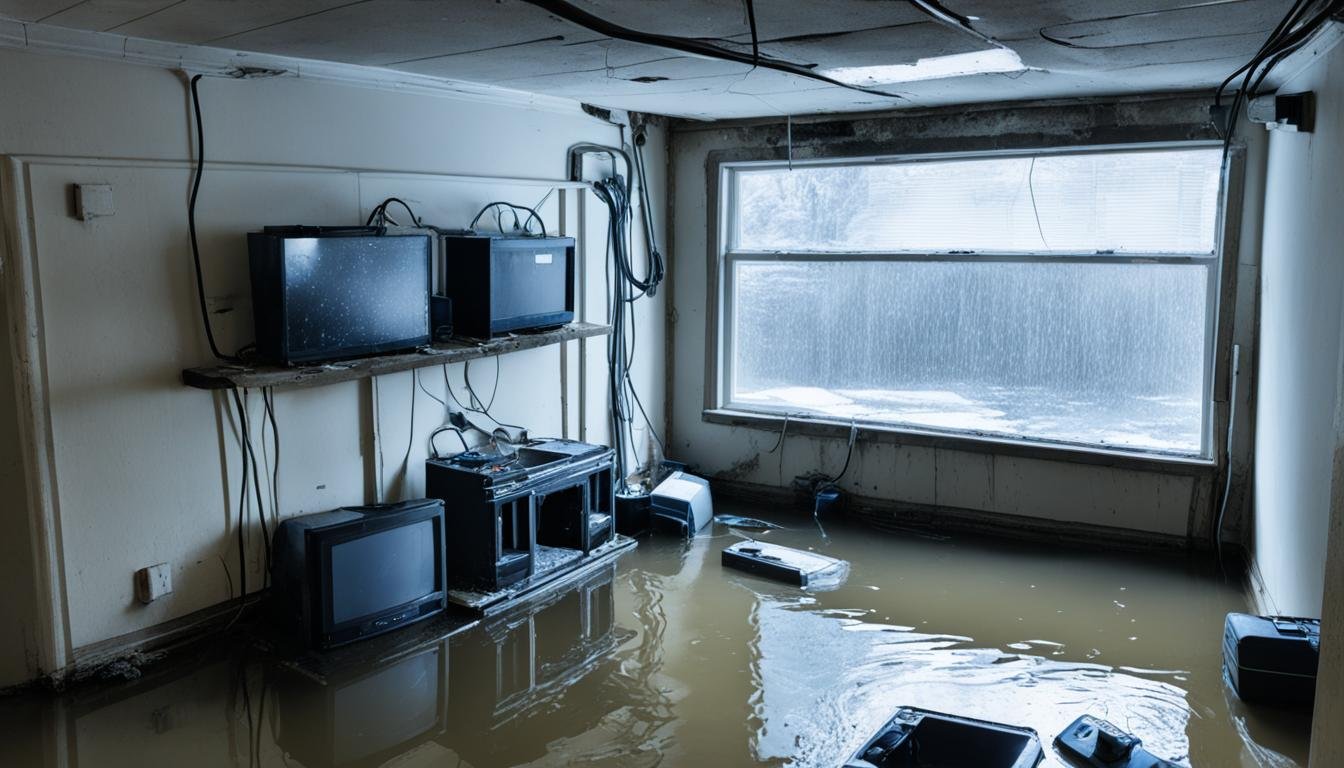Cutting Out Moldy Drywall: Is It Necessary?
Black mold is a big health risk. It can cause breathing issues, skin problems, and extreme tiredness. If you’re a landlord and your rental property has mold, you might get in trouble. Trying to avoid that, many have gone to court, winning millions because of serious health problems from mold. This shows why dealing with mold fast and well is very important. Key Takeaways Black mold primarily grows on drywall and wood, posing serious health risks. Drywall is vulnerable to mold growth due to its composition, requiring prompt action. Cutting out and replacing moldy drywall is often the best strategy for removal. Mold remediation can be a complex process, warranting professional assistance. Addressing mold issues quickly is crucial to protect your tenants and your business. Identifying Mold on Drywall Mold on drywall looks like dark stains. You’ll usually find it in damp places such as bathrooms, basements, and laundry rooms. It can grow if the drywall gets wet from leaks or high humidity. Even if you can’t see it, mold might be inside the walls. Signs of Mold Growth There are many clues that mold might be in your walls: Discoloration or staining on the walls Deterioration of paint or wallpaper Musty or earthy odors Types of Mold Mold comes in different shapes and colors. But the kind of mold doesn’t always show how dangerous it is. Here are some common types: Black mold – Found in very wet places in homes and can release harmful toxins. White mold – Usually in cool, damp areas and may look like salt deposits. Blue mold – Likes little moisture and looks bluish-green. Green mold – Often seen as green spots in dark, moist places. All mold in your home needs quick attention. This prevents damage to your home and keeps the air safe. Cutting Out Moldy Drywall: Is It Necessary? Seeing mold on drywall often raises the question: do we need to cut it out? Whether it’s needed depends on how much mold there is and how deep it goes. Sometimes, mold is just on the surface and can be cleaned. Other times, it goes into the drywall and needs more work to fix. The Environmental Protection Agency (EPA) says if the mold is on less than 10 square feet, homeowners can handle it. But if it’s bigger or inside the wall, pros might be needed. Mold on drywall might show a big moisture problem inside the wall. This could mean cutting out and replacing the drywall is the only fix. Using bleach to clean mold on drywall is not advised by the EPA. It might not work well and could make harmful fumes. Instead, they suggest a mix of baking soda, white vinegar, and water. These should be in a 2:1:1 ratio for surface mold. For bigger problems, you might need products like Concrobium Mold Control. Remember, mold can quickly spread and be very harmful if you do nothing. It can cause breathing problems, allergies, and more. Faced with this danger, tenants have won big settlements from landlords due to health issues from toxic mold. If you think you have mold on your drywall, checking and acting fast is key. Sometimes, the mold is deeper than it looks and needs the drywall removed. Where it’s only on the surface, cleaning and adding mold-resistant paint can stop it from coming back. Deciding to cut out moldy drywall is serious and needs thought. Think about the mold’s reach and how it might harm your home’s safety and air quality. Getting advice from experts like the San Bernardino Water Damage Restoration can help make the best choice for you and your family. Removing Mold from Painted Drywall Found mold on painted drywall? The good news is, it’s usually simpler to clean than on bare drywall. The paint acts as a shield. So, the mold likely hasn’t gone very deep, making it easier to remove. First, find and fix what’s causing the mold. Stopping the moisture is key to keeping the mold away. After fixing that, you can clean the mold off painted drywall with these steps: Mix one part bleach with three parts water for a mold-killing solution. Keep the room well ventilated to avoid breathing in mold spores. Use plastic to cover and protect items near the moldy spot. Spray the mold with your solution and let it sit to work. Scrub the area with a tough brush or sponge to get rid of the mold. Make sure the wall dries completely to stop more mold from growing. If there’s a lot of mold or serious damage, it’s best to call in the pros. They’re equipped to handle big mold infestations safely. Remember, mold can be harmful. Bad removal can spread spores, making your air unhealthy and damaging your home’s structure. If you’re not sure you can handle it, or just worry, talk to a water damage and mold pro. They should check things out and help make sure the mold is gone for good. “Mold can cause dark, spotty stains, fuzzy growth, irregular colored spots, bubbling or peeling paint/wallpaper on drywall.” Dealing with mold on painted walls is key to a healthy home and strong walls. Act quickly and correctly to get rid of the mold and stop it from coming back. Conclusion Seeing mold on drywall is tough, but it’s vital to act fast. This keeps the air in your home safe and your tenants healthy. You might manage small mold spots on your own. But, if the mold is a lot, pros should handle it to make sure it’s gone safely. If you find a big mold problem, getting help from experts at Water Damage Pros – San Bernardino is wise. They know how to take out the mold, fix the damage, and stop it from coming back. This way, your rental stays safe and your tenants enjoy a healthy home. It’s key to stay ahead of mold on drywall to keep the air clean and risks low. By …
Continue reading “Cutting Out Moldy Drywall: Is It Necessary?”



